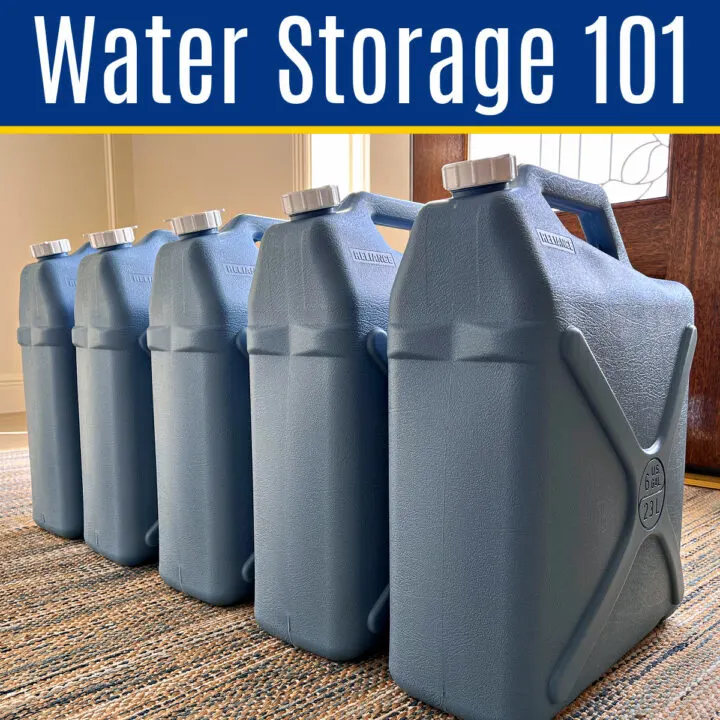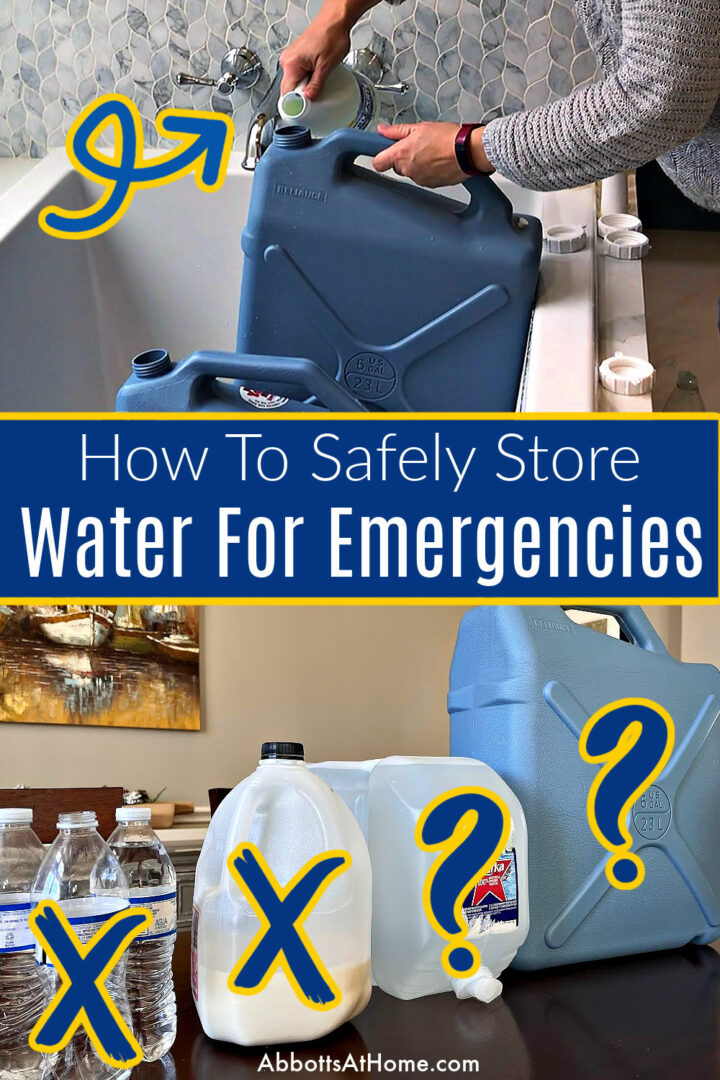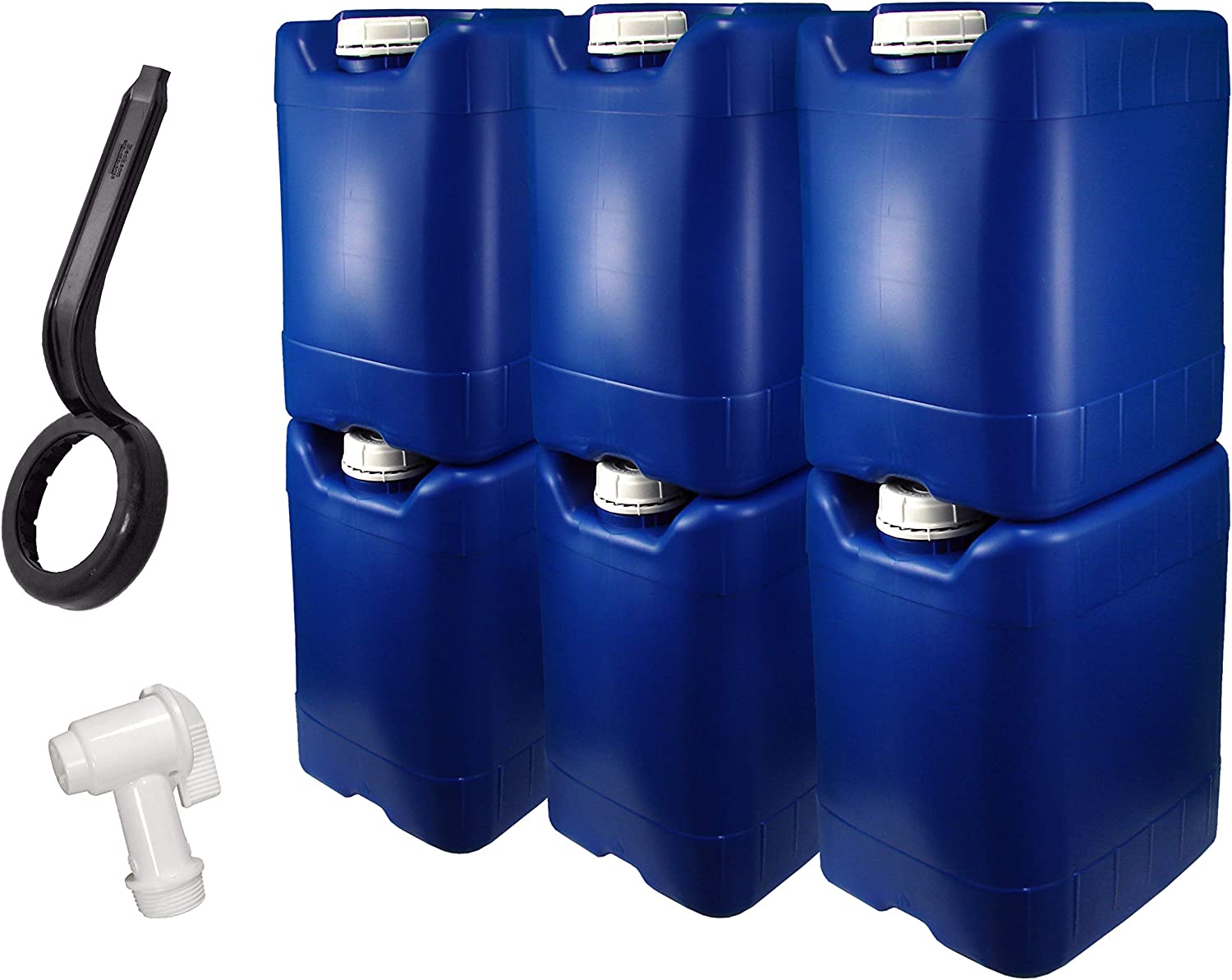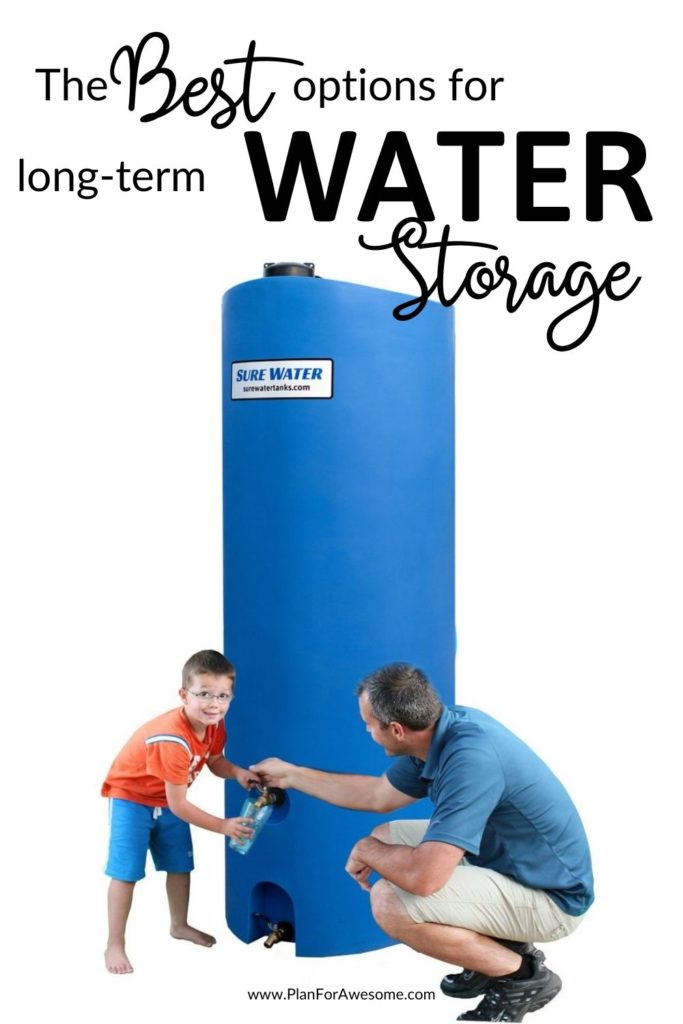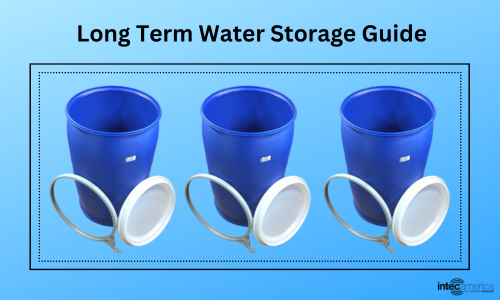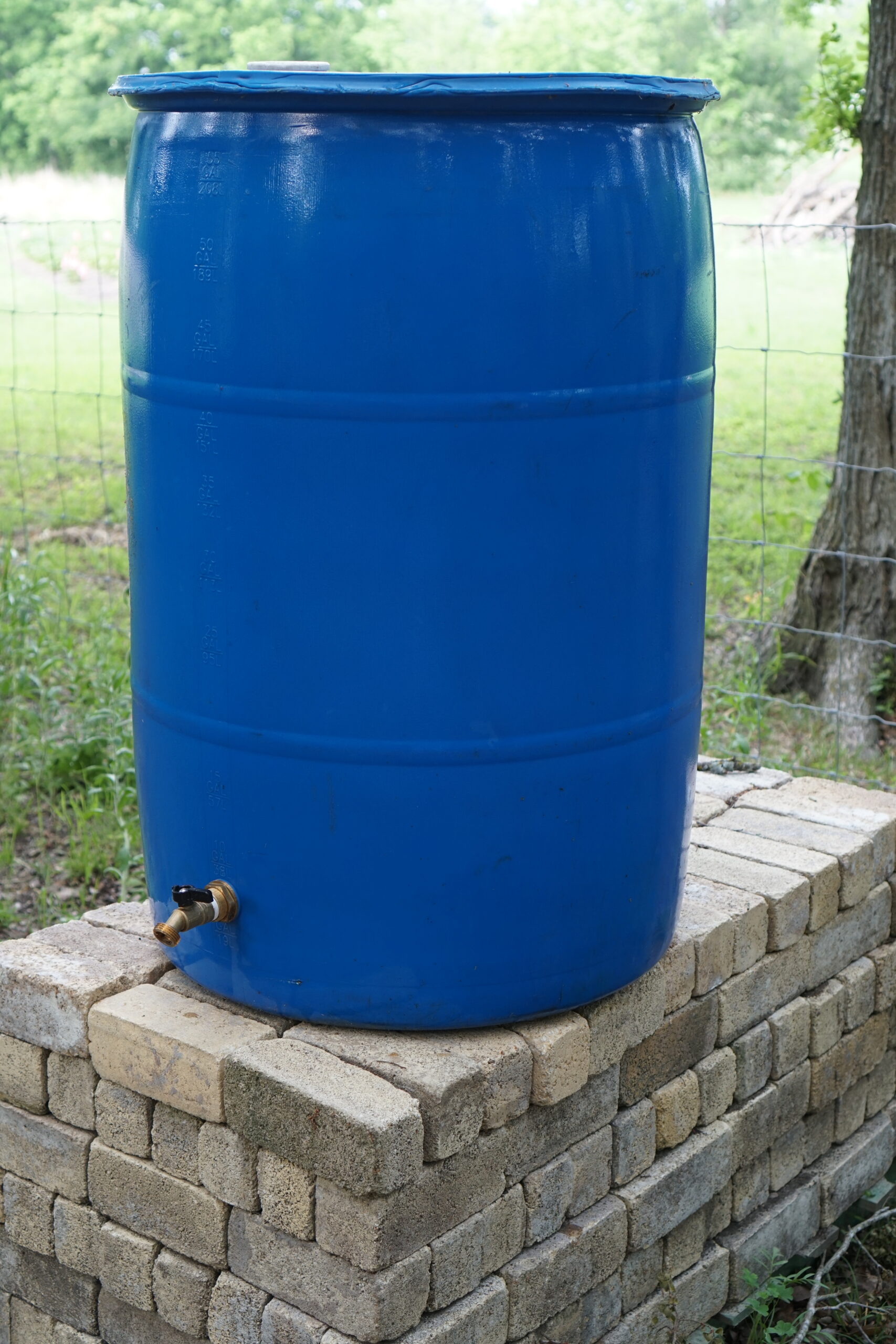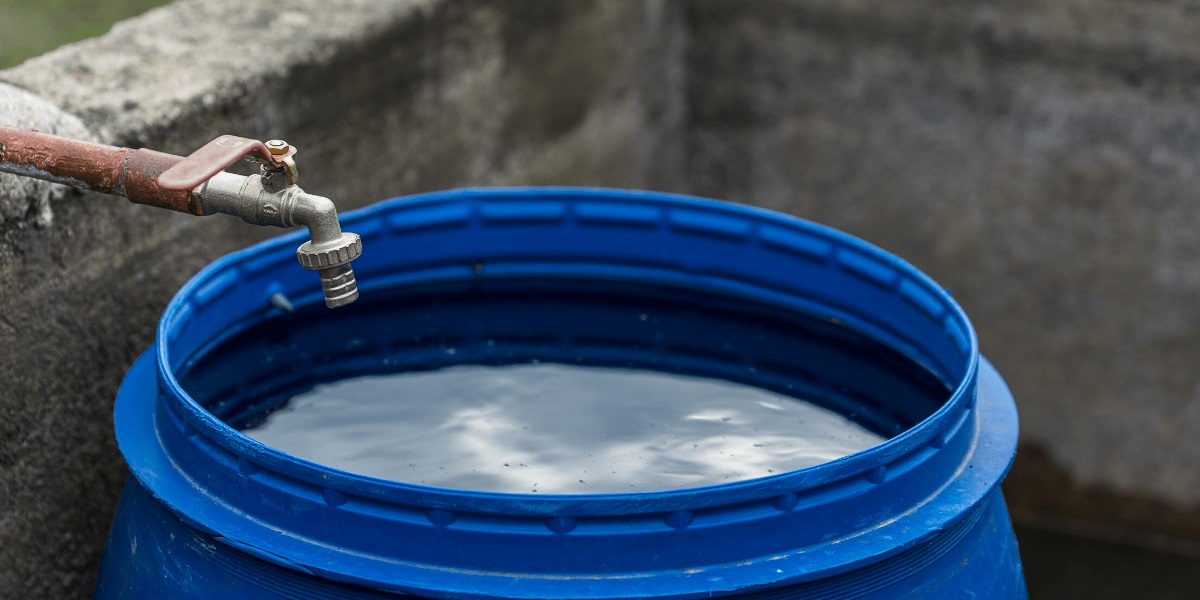Best Way To Store Drinking Water Long Term

Imagine a sweltering summer afternoon. The sun beats down, and the air hangs heavy with humidity. You reach for a glass, ready to quench your thirst, only to discover the tap is dry. A sudden water main break has left your neighborhood without its most essential resource. While temporary, this disruption underscores a vital question: Are you truly prepared to provide safe drinking water for yourself and your loved ones in the face of the unexpected?
The ability to store drinking water safely for extended periods is not merely a matter of convenience; it's a cornerstone of emergency preparedness and resilience. This article will explore the most effective and reliable methods for long-term water storage, ensuring you have access to clean, potable water when you need it most.
The Importance of Long-Term Water Storage
Access to clean drinking water is fundamental for survival. Natural disasters, infrastructure failures, and unforeseen emergencies can disrupt water supplies, making stored water a literal lifeline. The Centers for Disease Control and Prevention (CDC) emphasizes that having a readily available water supply is critical for health and well-being during emergencies.
Beyond immediate emergencies, long-term water storage can also provide peace of mind. Knowing you have a reserve of clean water can alleviate anxiety during uncertain times.
Factors Affecting Water Storage
Several factors influence the quality and longevity of stored water. Understanding these factors is crucial for effective storage. These include container type, water source, and storage conditions.
Container Type
The choice of container significantly impacts the safety and lifespan of stored water. Food-grade plastic containers are generally recommended. These are designed to prevent leaching of harmful chemicals into the water.
Avoid using containers that previously held non-food substances, as they may contaminate the water. Consider opaque containers to prevent light from degrading the water quality.
Water Source
The quality of the water you store directly affects its shelf life. Municipal tap water is typically treated to kill bacteria and viruses, making it a suitable starting point for storage. However, well water or other untreated sources may require purification before storage.
If using tap water, allow it to sit for 24 hours to allow chlorine to dissipate. This can improve the taste and reduce any potential reaction with the container.
Storage Conditions
Proper storage conditions are essential for preserving water quality. Store water in a cool, dark, and dry place to minimize bacterial growth and chemical degradation. Avoid direct sunlight and extreme temperature fluctuations.
Regularly inspect stored water for signs of contamination, such as cloudiness, discoloration, or unusual odors. If contamination is suspected, discard the water and sanitize the container.
Recommended Methods for Long-Term Water Storage
Several methods are commonly used for long-term water storage. Each has its advantages and disadvantages. The best choice depends on individual needs, space constraints, and budget.
Using Food-Grade Containers
This is the most common and straightforward method. Obtain food-grade plastic containers, ensuring they are clean and free of any damage. Fill the containers with your chosen water source, leaving a small amount of headspace to allow for expansion.
Seal the containers tightly and label them with the date. Store them in a cool, dark place. Remember to replace the water every six months to a year to ensure optimal freshness, even if it looks and smells fine.
Water Storage Tanks
For larger-scale storage, water storage tanks are an excellent option. These tanks are typically made of durable, food-grade plastic and come in various sizes. Ensure the tank is properly installed and maintained according to the manufacturer's instructions.
Regular cleaning and disinfection are crucial for maintaining water quality in storage tanks. The EPA recommends periodically shocking the water with chlorine to kill any bacteria that may have accumulated.
Water Pouches
Water pouches are lightweight, portable, and ideal for emergency kits. They are made of durable, puncture-resistant material and are pre-filled with purified water. Water pouches typically have a longer shelf life than water stored in containers, often up to five years.
While convenient, water pouches are typically more expensive per volume of water than other storage methods. They are a good option for supplementing other storage methods.
Water Treatment and Purification
Even when stored properly, water may require treatment or purification before consumption, especially if the source water was not initially potable. Various methods can be used to treat and purify stored water.
Boiling
Boiling is a simple and effective method for killing bacteria and viruses in water. Bring the water to a rolling boil for one minute (or three minutes at higher altitudes). Allow the water to cool before drinking.
Boiling does not remove chemicals or other contaminants, but it is a reliable way to eliminate biological threats.
Water Filtration
Water filters can remove sediment, bacteria, and other contaminants from water. Portable water filters are readily available and are a valuable addition to any emergency preparedness kit. Look for filters that are certified to meet NSF standards for contaminant reduction.
Filters require periodic replacement, so be sure to follow the manufacturer's instructions.
Water Purification Tablets
Water purification tablets contain chemicals, such as chlorine or iodine, that kill bacteria and viruses in water. These tablets are lightweight, easy to use, and have a long shelf life. Follow the manufacturer's instructions carefully when using water purification tablets.
Some people may be sensitive to the taste of chlorine or iodine, so consider using a water filter to remove any residual chemicals after treatment.
Calculating Your Water Storage Needs
Determining how much water to store depends on several factors, including the number of people in your household, their individual needs, and the duration of the potential emergency. FEMA recommends storing at least one gallon of water per person per day for drinking and sanitation.
Consider storing additional water for cooking, cleaning, and other uses. Children, pregnant women, and individuals with medical conditions may require more water.
Plan to store enough water for at least three days, but ideally, aim for two weeks or longer. Rotate your stored water regularly to ensure freshness. This means using the stored water and replacing it with new water on a schedule. Some people set reminders on their phones or calendars to make the process part of their routines.
Beyond the Basics: Advanced Water Storage Techniques
For those seeking more robust water storage solutions, advanced techniques can offer enhanced safety and longevity. These methods often involve more specialized equipment and knowledge but can provide greater peace of mind.
Ultraviolet (UV) Sterilization
UV sterilization uses ultraviolet light to kill bacteria and viruses in water. UV sterilizers can be integrated into water storage systems to provide continuous disinfection. This method is effective and does not add any chemicals to the water. However, UV sterilization requires a power source, so it may not be suitable for all emergency situations.
Ceramic Water Filters
Ceramic water filters have tiny pores that can remove bacteria, protozoa, and sediment from water. These filters are durable, long-lasting, and can be cleaned and reused. Ceramic filters are an excellent option for filtering water from questionable sources, such as streams or ponds. Some ceramic filters also incorporate silver to inhibit bacterial growth within the filter itself.
Conclusion
In conclusion, long-term water storage is a critical aspect of emergency preparedness. By understanding the factors that affect water quality, selecting appropriate storage methods, and implementing proper treatment techniques, you can ensure that you and your loved ones have access to clean, potable water when it matters most. Storing water isn't just about filling containers; it's about investing in security and peace of mind.
Taking the time to establish a water storage plan is a tangible step towards building a more resilient future for yourself and your community. Small steps, like replacing the water in containers every six months, can make a huge difference when the unexpected happens. Remember, preparedness is not a one-time task; it's an ongoing process.
